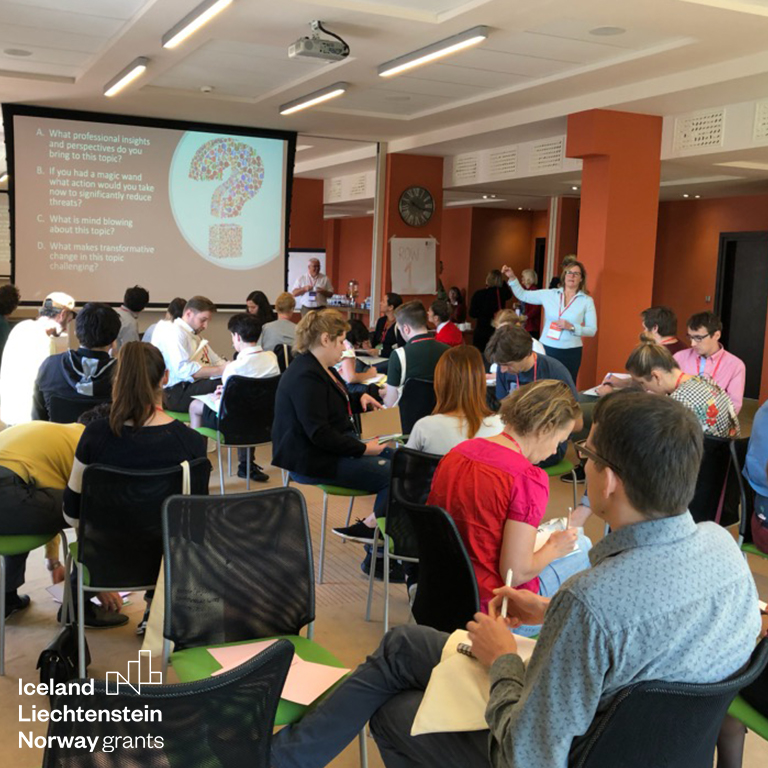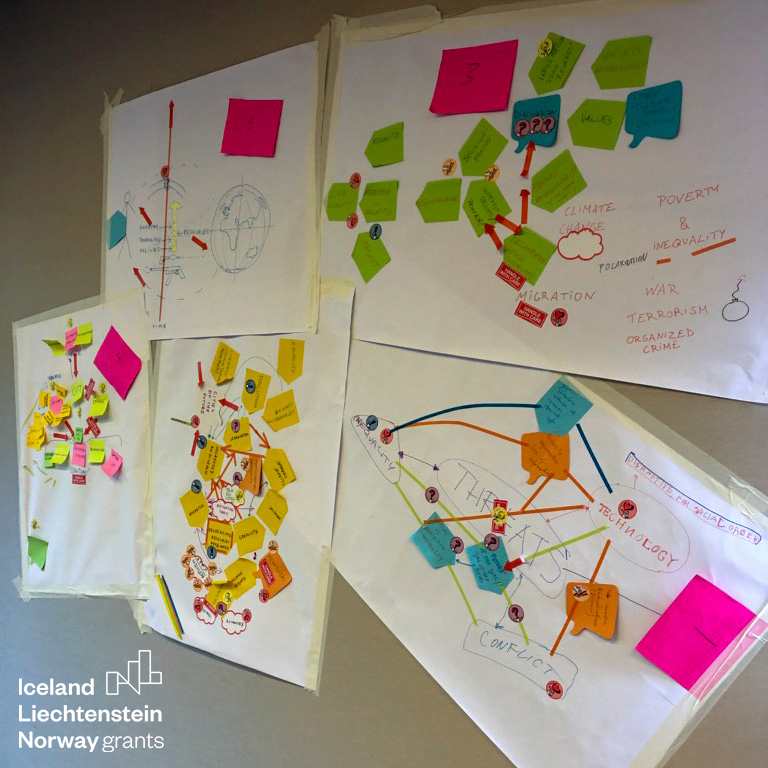The National Science Centre hereby announces the results of the OPUS 17 call for research projects addressed at all researchers and the PRELUDIUM 17 call for research projects to be carried out by researchers without a doctoral degree. The ranking lists include over five hundred research projects totalling nearly 390.3 million PLN.
In total, 3,145 proposals were received totalling nearly 2.14 billion PLN; out of these, NCN experts recommended 520 for a total funding of 390,268,309 PLN. On average, 16.5% of submitted proposals received funding.
OPUS is a call addressed to a wide range of researchers. There are no restrictions on the research career, academic degree or research experience. The competing researchers are subject to the same evaluation criteria, including quality of research to be performed, innovative nature of the research problem addressed, project’s impact on the development of the scientific discipline or research track record of the principal investigator. As usual, the OPUS call has drawn a record-breaking response, with 2,051 proposals sent to the National Science Centre totalling nearly 1.98 billion PLN. Following the evaluation procedure, the experts recommended 308 proposals for funding totalling 358,270,509 PLN, giving a success rate of just over 15% in the OPUS call.
In PRELUDIUM 17, researchers without a doctoral degree could apply for funding for their research. Maximum funds available in the call amounts to 70,000 PLN, 140,000 PLN or 210,000 PLN to finance projects of 12 months, 24 months or 36 months respectively. The research team in the PRELUDIUM call may consist of a maximum of three persons; a person holding a post-doctoral degree (doktor habilitowany) or academic title of professor may be designated in the proposal solely as a mentor. In the 17th edition of the PRELUDIUM call researchers submitted 1,094 proposals totalling nearly 158.5 million PLN. Ultimately, 212 projects were recommended for funding with a total budget of 31,997,800 PLN, giving a success rate of 19.38%.
The majority of projects submitted to OPUS 17 and PRELUDIUM 17 will be carried out by representatives of Physical Sciences and Engineering, where 193 out of 1,165 submitted proposals were recommended for funding, with a budget of over 142.3 million PLN. Although representatives of Life Sciences received a little less, i.e. 170 grants out of 1026 submitted proposals, their value totalled as much as 186.6 million PLN. 157 grants (with 954 submitted) were awarded to Arts, Humanities and Social Sciences, totalling 61.3 million PLN.
NCN grants can be used to cover the cost of remuneration for researchers involved in the project, purchase or construction of research equipment, devices and software, purchase of materials and small equipment, outsourced services, business trips, visits and consultations, and compensation for collective investigators (i.e. direct costs). The grants also include indirect costs, i.e. expenses indirectly related to the project that are crucial to the project. Under OPUS 17 and PRELUDIUM 17, indirect costs amounted to a maximum of 40% of direct costs, with the exception of the amount for the purchase or construction of research equipment, devices and software.
Proposal evaluations in NCN calls are performed by experts selected from outstanding Polish and foreign scientists, holding a minimum of a doctoral degree. The evaluation process comprises two stages: merit-based evaluation and specialist evaluation. Under each stage, a proposal is subject to at least two individual reviews and an expert team meeting is held to discuss the individual reviews and draft a ranking list.
Under OPUS 17 and PRELUDIUM 17, a majority of proposals have been submitted by universities (274), natural persons (111) and research institutes of the Polish Academy of Sciences (80). The winning grants will be carried out in 109 organisations.
Top 10 organisations to carry out research projects under OPUS 17 and PRELUDIUM 17
| Name of organisation |
Number of grants awarded |
|---|
|
University of Warsaw
|
75
|
|
Jagiellonian University
|
65
|
|
Adam Mickiewicz University in Poznań
|
30
|
|
Wrocław University of Science and Technology
|
18
|
|
Wrocław University
|
17
|
|
University of Lodz
|
16
|
|
University of Gdańsk
|
15
|
|
Nicolaus Copernicus University in Toruń
|
12
|
|
AGH University of Science and Technology in Krakow
|
11
|
|
Warsaw University of Technology
|
10
|
See full ranking lists
PLEASE NOTE that negative decisions will be delivered in an electronic format on an ongoing basis while the positive ones will be delivered within the next few days.



